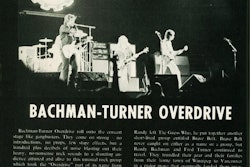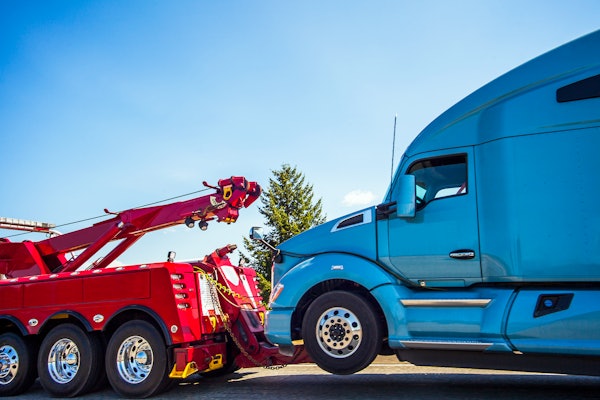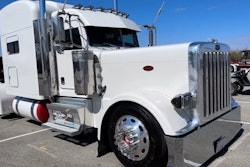Fresh Air
Maintaining your air cleaner is critical for long engine life
Your air cleaner is just as important for keeping destructive particles out of your engine as your oil filter. Timely filter changes, along with inspection of the air intake system to make sure dust is not leaking in, will help your engine last as long as possible. Keeping an eye on your restriction indicator and changing air filter cartridges as indicated will help keep your air cleaner performing at its best while eliminating unnecessary maintenance. Most indicators have a clear red zone. Once the indicated vacuum is at or near the dividing line at the beginning of this zone, change the air cleaner.
There are two kinds of air cleaners, the large external designs used on classically styled vehicles and the compact underhood designs used on late-model aerodynamic trucks.
To change your underhood air cleaner:
1. Park the truck in a level spot, apply parking brakes, shut the engine down and remove the keys. The engine must not be started until service is complete. Open the hood. Take care throughout the process to clean parts prior to disassembly to keep dust out of the system.
2. The air cleaner typically sits horizontally with a cap on the outboard end. Locate the cap, cleaning it thoroughly with a clean rag. Unfasten the three attaching clips by pulling their finger tabs away from the air cleaner body and then moving them out of the way of the cap. Remove the cap.
3. Pull the air cleaner out of the housing. Keep it in its present orientation until you note which end has a larger diameter on conical designs. Normally, the larger end goes in first.

4. Look inside the cap for a label giving you the part number for the replacement air cleaner. Inspect the rubber seal for cracks or other damage and replace it if not in good condition.
5. Inspect the inside of the housing for any signs of dirt leaking past the filter toward the center of the housing, which should be free of dust and dirt. If leakage has occurred and the seal in the cap is damaged, replace it. Make sure the new filter’s seals are in perfect condition.
“As an air filter gets dirtier, it filters a little better. Changing the filter too often means more wear in the engine. Ask any service manager.”
— Owner-operator and Kenworth driver Earl Evans, Canfield, Ohio
6. Insert the new filter into the housing in the proper orientation — normally with the wider end first — and seat it against the other end of the housing. Install the cap and hold it in place with one hand while fastening the three attaching clips by guiding their hooks over the end of the cap, then snapping their finger tabs back against the housing. The new filter must fit snugly into the housing and seal at both ends.
7. Inspect all piping from the air cleaner housing to the engine to make sure it’s in good condition and all clamps are properly installed and tight.
Servicing a large, external air cleaner entails additional steps to get to the filter. For example, on a Peterbilt, you rotate the cap, which is retained by sprung washers, in the appropriate direction to unlock it, then pull it up and off. You then remove three capnuts that retain the air intake screen and filter cartridge retainer. Next, you remove the intake screen and, then, the cartridge retainer screen, using a rag to protect your fingers. Finally, pull the cartridge out from the bottom.
Single, underhood versus double, external air cleaners: Which is better?
Many modern, aerodynamic trucks have a single air cleaner mounted under the hood. These are easy to service but may not offer a lot of capacity for dirt. Older trucks often have dual chrome air cleaners on either side of the cowl. This setup has two units plumbed to supply equal amounts of air to the engine.
Dual, external air cleaners offer a much larger volume of space for a much larger air cleaner cartridge allowing less frequent servicing, especially with two units. This is helpful in dusty conditions. Another advantage of these is low restriction because the air cleaners take some time to clog with dirt. The lower the restriction, the better a late-model engine’s performance and the better an older engine’s fuel economy.
However, with current high fuel prices, aerodynamics is more important than ever. Two factors are involved in deciding which design is right for you. The first is how fast you run. For a long-distance trucking operation where you spend most of the time at highway speeds, running dual external air cleaners is not cost effective unless you are getting a premium hauling rate. If running locally and on-off road at lower speeds, the additional air resistance may not matter a lot.
The other factor is how dirty the air is where you run. In typical highway situations, you should not have unusual clogging of your air filters. If running on-off road as in the case of a dump truck or concrete operation, you might be able to cut downtime significantly running the dual externals. This type of operation often sees lower speeds and wind resistance anyway.












